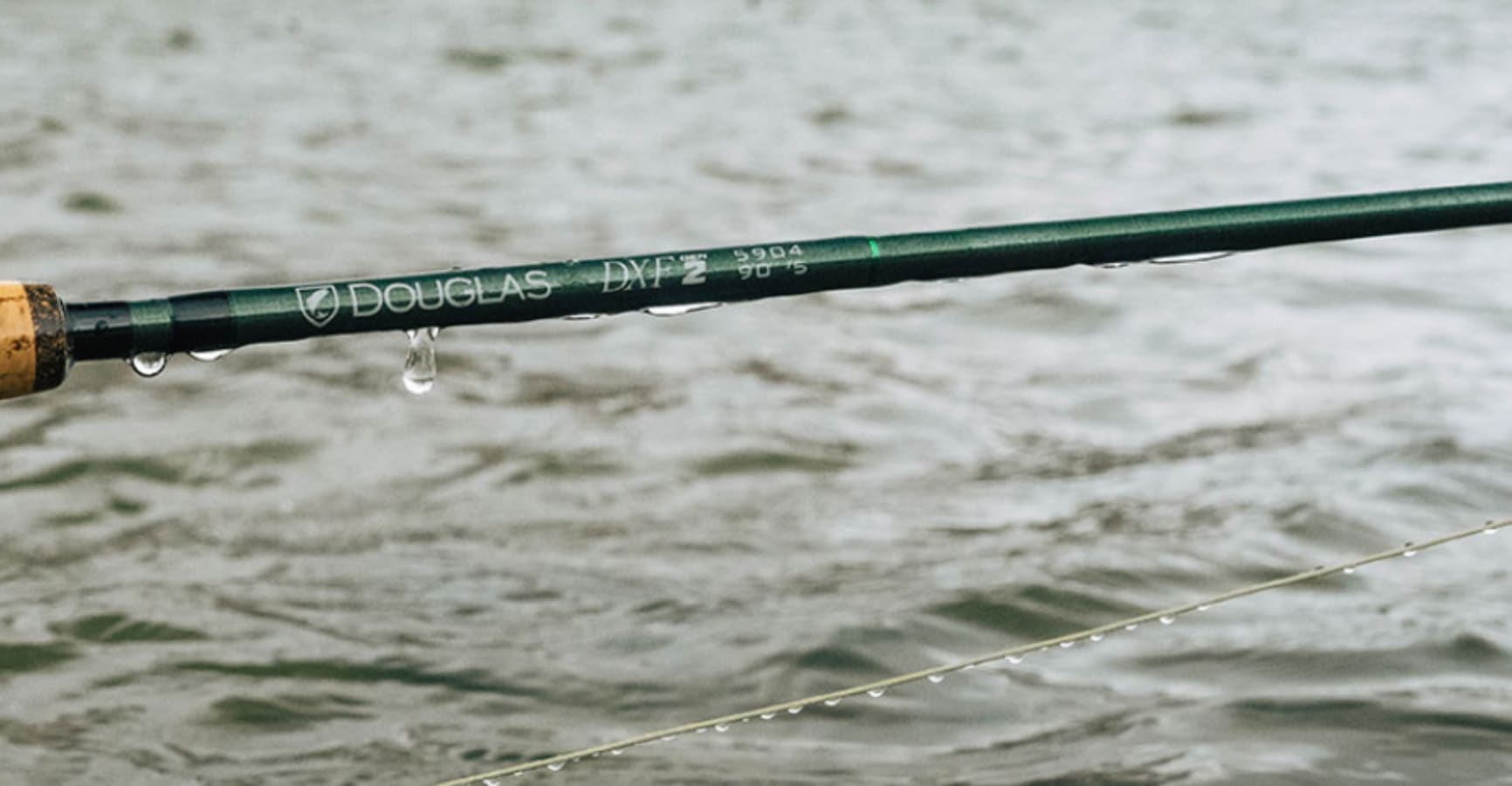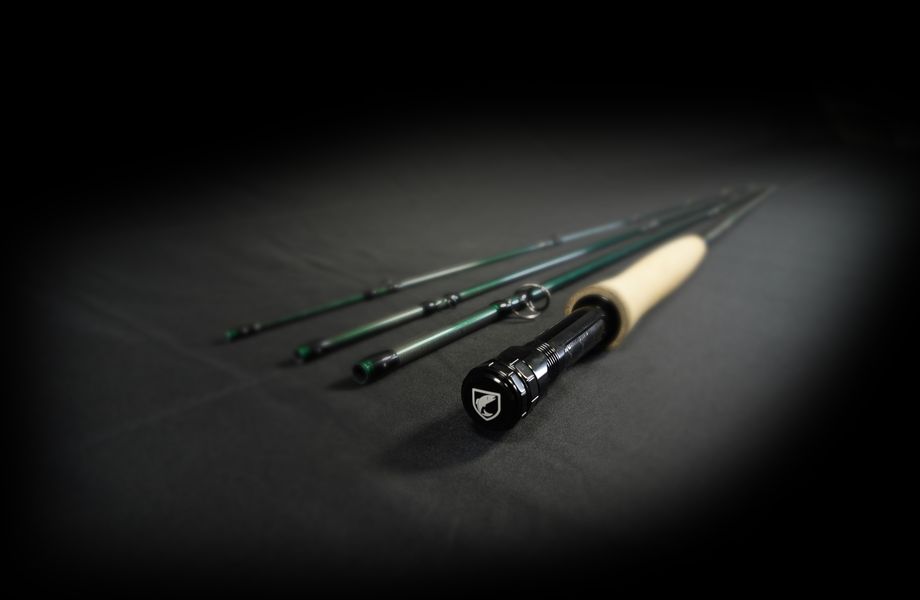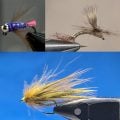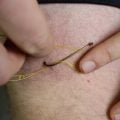Gear Review: Douglas DXF Gen2 Fly Rod

Of all the rods I’ve reviewed, I spent the longest time with the Douglas DXF Gen2 before sitting down to write. Usually, rods get sent to me with a timeline (send it back in 5 weeks, for example) but the folks at Douglas were kind enough to send the DXF Gen2 with an open-ended return date. So I’ve milked my time with this rod because once the review is published, it’ll get sent back to upstate New York.
As the name makes clear, this is the second iteration of the popular DXF series from Douglas which is their mid-priced rod. This isn’t just a rebadged DXF with new cupholders and brighter headlights, either. Douglas redesigned the blank from the ground up, taking advantage of new materials, to legitimately upgrade this stick. It features all new components, an interesting paint job, and my review model clocked in at 2.98 ounces.
I’ve had a 9′ 5-weight DXF Gen2 since right around the time the lineup was available in fly shops, and it’s seen use through the best of the summer fishing season. From throwing heavy hopper-dropper rigs, to fishing caddis hatches, to throwing small PMDs, I’ve done just about everything with this rod short of throwing streamers from a drift boat.
It’s an exceptional fishing tool, and I’m as sad to send this rod back as I was to see the Thomas & Thomas Avant II return earlier this year.
I don’t think anyone is currently making a better rod at this price point. The DXF Gen2 sets you back $499, and it’s worth every penny. Does it fish and perform like my Douglas Sky G, or my new Winston Air 2? No, and it shouldn’t since those rods cost considerably more money.
For the average angler who sees around 15-30 days a year on the water, though, you’d be hard-pressed to find a rod more suited to trout fishing than the 9′ 5-weight DXF Gen2.

What I Like
Fantastic Action
The Gen2 is a pleasantly medium-fast rod that gives plenty of feedback during the cast. For beginners, or anglers still looking to fine-tune their casting mechanics, this rod will let you feel when you should move between the front and back cast, which isn’t something every $500 rod can do. A lot of rods at this price point sacrifice feel for power.
I wouldn’t want to rig up the 9′ 5-weight for streamers, but it does just fine with big foam flies, hopper-dropper rigs, and heavy nymphs. The key is waiting a bit longer, opening up the loops, and getting the timing just right to coax the most from this blank.
Speaking of the blank—I fished the old DXF enough (and I still own one) to notice that this certainly isn’t the same rod. It looks and feels similar to the old DXF, but the Gen2 is legitimately an upgraded rod. This isn’t the case of a rod manufacturer changing the paint job and selling you last year’s model.
Accuracy and Presentation
Douglas specifically stated they upgraded the Gen2 with increased dampening, which means they focused on getting the rod tip to travel in a straighter line. When you cast a fly rod, the rod tip doesn’t just go straight back and forth—it also moves side-to-side. The less side-to-side movement a rod makes, the more inherently accurate the rod will be, since that means the fly line is traveling in a straighter path.
The DXF Gen2 doesn’t feel as accurate as the Sky G (Douglas’s flagship rod) but it’s certainly accurate enough for most any job. It suffers a bit in the wind (more on that later) but I never had to work too hard to get the Gen2 to put my flies where they needed to be.
That dampening also helps the Gen2 with its presentation of dry flies, especially in close. Combined with the moderate action, I was pleasantly surprised at how well the Gen2 performed in this area. I fished it a half-dozen times on a local spring creek that’s renowned for its picky cutthroat. The first time I took the Gen2 there, I was expecting a stiffer, harsher experience than what I had, which was the rod laying down dry flies with enough delicacy to fool a few fish.
I couldn’t put this rod in a situation where it didn’t make a great presentation, and I think most anglers will find it’s more than up to any trout fishing task.
Fit and Finish
Douglas upgraded all the components on the Gen2, and I’m a fan of the dark-plated stainless steel guides. They used AAA cork with burled ends, and an all-synthetic reel seat that’s held up well to my months of use.

The blank is finished in a sparkly emerald green, and it’s a bit of an acquired taste. Some of my fishing buddies didn’t like it, but I always appreciate when rod makers go outside the normal color schemes and try something new, so I tip my hat to Douglas.
What I Don’t Like
Performance in Wind
The only knock I have on the DXF Gen2 is its performance in the wind. The rod is just a bit too soft, without enough backbone, to muscle big flies through a heavy wind. Now, casting in the wind is mostly about generating high line speed, and the Gen2 just doesn’t get the line moving as fast as I’d like. That said, I only had an issue with it when the wind was really gusting. In normally windy conditions, the Gen2 was fine. It lacks that extra bit of oomph some rods have, but this is far from a dealbreaker.
I did fish the Gen2 with a true-to-weight line (Scientific Anglers Mastery Trout Standard and Mastery DT) and with bigger flies, or in windier conditions, it could definitely benefit from a half-size heavy line. In fact, the Scientific Anglers Infinity Taper is probably ideal for this rod, since it’ll load the rod a bit deeper and help generate slightly higher line speeds.
Wrapping Up
I’m sad to see this rod leave because it’s been such a joy to fish. It’s light, accurate, and wonderfully fun to cast. It has enough delicacy to handle the sort of dry fly work I love, but it has enough guts to muscle in a big fish, or throw a hopper-dropper. It’s an excellent do-it-all trout five weight that could honestly sell for more than its reasonable $500 price tag. By using a half-size heavy line, I reckon you’ll get higher line speeds and slightly better performance than you would with true-to-weight lines, and I can’t think of a rod I’d recommend more highly to that mid-level angler who’s looking to upgrade from their entry-level stick.











